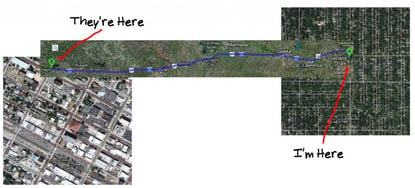 Dave Wessling, my teacher for a number of high school English classes, has been mentioned several times. He was unlike any teacher I had before or after. As a former basketball player, he had an imposing physical presence coupled with a booming voice he used to great effect in the classroom.
Dave Wessling, my teacher for a number of high school English classes, has been mentioned several times. He was unlike any teacher I had before or after. As a former basketball player, he had an imposing physical presence coupled with a booming voice he used to great effect in the classroom.
Outside class, he’d seek to engage us intellectually on educational topics. While later appreciating these interactions, back then it seemed unfair for a teacher to talk about school outside class time. It smacked too much of unpaid overtime for us!
Mr. Wessling offered a number of educational gifts relative to both literature and broader life endeavors. One concept was explicating literary works to uncover their underlying meanings and symbolism. Until then, I’d simply taken fictional works at face value, displaying more interest in biographies than short stories, novels, poetry, or plays.
Under Mr. Wessling’s tutelage, however, I embraced symbolism and multiple interpretations within great literary pieces and other works, including art, which was of even greater interest to me. I began applying the concept of symbolism in creative writing and art projects. It extended as far as the menu design for my parent’s restaurant; the menu started displaying a variety of images and cryptic messages signaling my life view at any particular time.
Based on my early business writing experiences, you’d think symbolic expression would be a thing of the past. Later, however, as I came to appreciate the importance of emotion in live business interactions and events, symbolism’s importance emerged once again. The lessons Dave Wessling gave us in school made it easy to successfully embrace the concept in a new setting.



